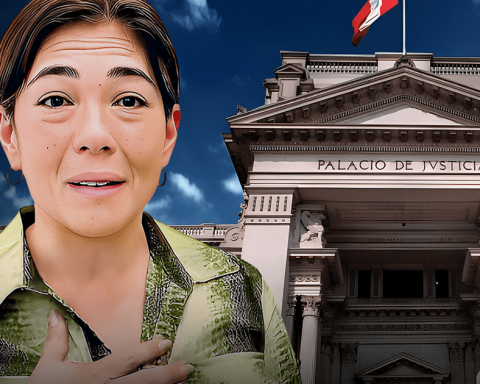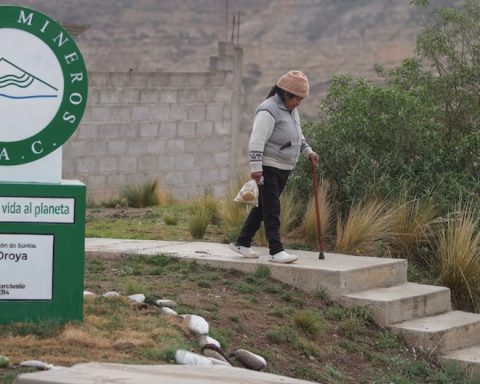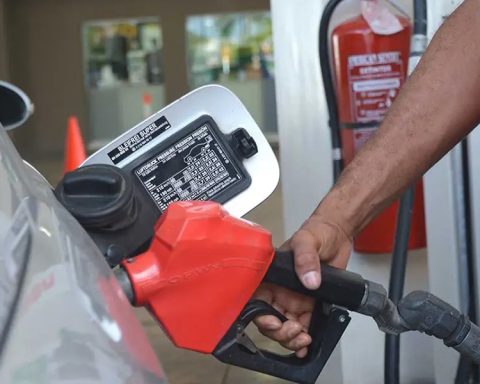the minister of Agricultural Development and Irrigation, Andres Alencastresaid today that the first batch of urea acquisition will be allocated to serve 48,000 small producers, who manage less than five hectares of crops.
“The entire acquisition of the 65,000 tons of urea will be destined for 48,000 producers of less than five hectares and who use urea (in their crops). We have never said that we are going to give to all (producers), or to all agriculture, but only to attend to that vulnerable strip, which is experienced by producers with less land ownership and who use this fertilizer”, held.
LOOK: Wineries at the forefront: 4 tips to optimize services and generate higher income
In addition, he said that the provision of nitrogenous fertilizer (urea) is part of the other factors of agricultural production, which is the fertilization of crops, but also from the agricultural sector, the use of guano from the islands and organic fertilizers will be promoted, such as part of a strategy to combat poverty, as well as to guarantee the food security of the population.
“I believe that sufficient step has been taken to guarantee (the purchase) of quality urea in the opportunity, suitability and transparency that has been achieved (in this acquisition). There are also other options, such as guano from the islands and organic fertilizers, as well as giving strength to our own production of synthetic fertilizers, taking advantage of resources, such as phosphates, sulfates and potassium”, he pointed.
In this regard, the minister stressed that the recent purchase of urea, in which the international company Ready Oil Supply LLC emerged as the winner, is part of a ministry strategy to guarantee food security and the agricultural campaign, “taking into account the various types of agriculture that our country has.”
urban agriculture
Minister Alencastre was this morning at the Senasa headquarters, where the inauguration ceremony of the Antagonists laboratory for pest control took place, whose main objective will be to reduce the use of pesticides. The works will directly benefit 6,660 producers and will have an impact on 6,300 hectares nationwide.
The brand new laboratory required an investment of S/ 2.8 million, and which is part of the efforts to strengthen Senasa in partnership with the Inter-American Development Bank (IDB), aimed at promoting a biodiverse and environmentally responsible agriculture.
The start-up of this new laboratory will allow for a production capacity of 7.6 tons of antagonistic fungi per year. What is produced by this laboratory will be distributed, free of charge, to family farming producers who participate in the Senasa Field Schools.
















